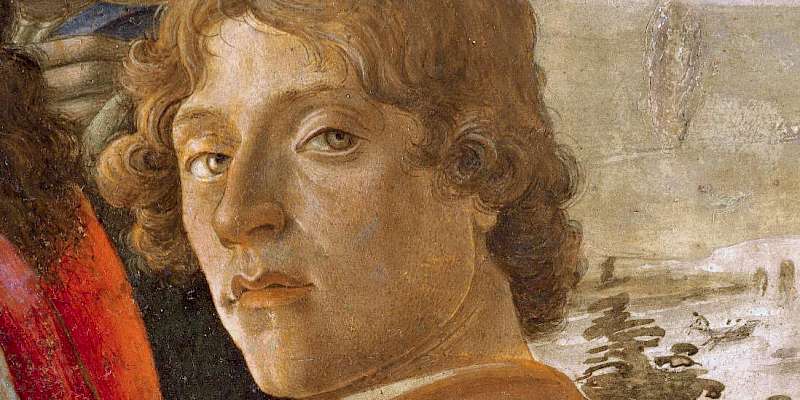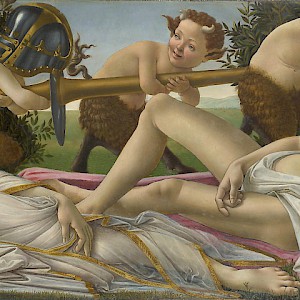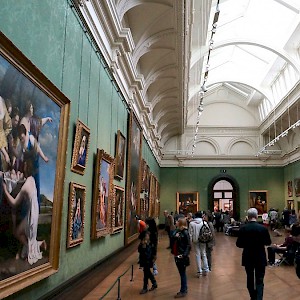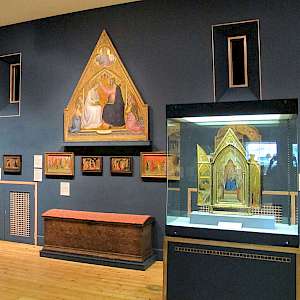Sandro Botticelli

One of the greatest painters of the early Renaissance was nothing if not a man of his times
The great early Renaissance painter Alessandro "Sanrdo" di Mariano di Vanni Filipepi (1444–1510) will forever be known to history by his nickname Botticelli ("Little Barrels").
He is, perhaps, quite thankful that history has conveniently forgotten just how he got such a silly nickname.
The star pupil of Filippo Lippi (he repaid the favor by later becoming the teacher of Lippi's illegitimate son Filippino Lippi), Botticelli perfected a style of lipid colors, flowing lines, and elegant figures that made him an instant smash and one of the most sought-after painters of his day.
He created some of the most glorious, analogy-packed mythological scenes of the early Renaissance, celebrating the new-found Humanist movement of celebrating man's ability to reason and his long history of science, art, and myth—most notably the Birth of Venus and the Allegory of Spring—painted for a Medici cousin's country estate; now both hanging in the same room of the Uffizi in Florence (alongside many other Botticelli paintings).
Later, Botticelli had a personal religious crisis and became enamored—along with much of Florence—with the firebrand preacher "Mad Monk" Savonarola.
He converted to a much more pious lifestyle, repudiated his earlier works (and, it is said, even burned some on the infamous Bonfire of the Vanities Savonarola instituted to rid the city of it's most 'degraded secular trappings'), and spent the rest of his career cranking out technically brilliant but vapid Madonna and Childs and other works of a strictly religious nature.
Ah, well.




















